Where else can you paddle a kayak through a natural river valley, stroll through a garden with 50 water features, let the ferryman take you across the river, enjoy the view from the peaks of a low mountain range on long hikes and ride an old railroad line on a trolley for a change? Wallonia offers all of this – but it would be a shame to squeeze this variety into just one day. Cities such as Dinant and Namur, picturesque villages such as Redu and imposing monasteries such as Maredsous Abbey are also worth a visit.

Wallonia, the south of Belgium, borders France and Luxembourg. The region with the capital Namur and the cultural center Liège was one of the most industrialized areas in Europe in the 19th century, second only to England. Today, Wallonia’s main attraction is its nature. Outdoor enthusiasts are drawn to the Ardennes, where rocky river valleys criss-cross the low mountain range. Monks and Romans left their mark here. No matter where you are in Wallonia – water is never far away.
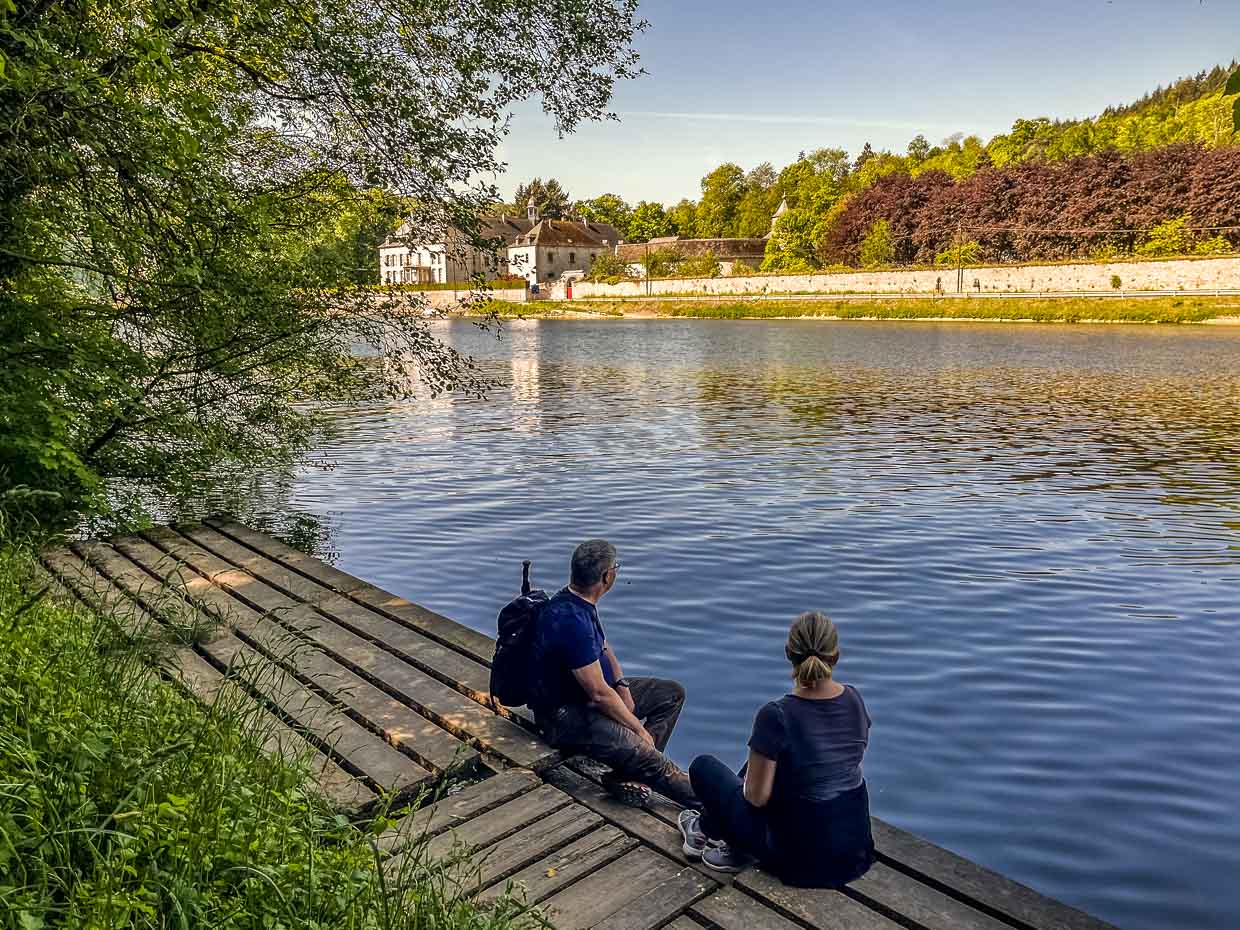
With the kayak on the Lesse
Once you have conquered the ramp on which you and your kayak slide into the Lesse at a brisk pace, an almost continuously calm paddling tour begins. You glide over 12 kilometers through calm water, past bizarre rocks and Walzin Castle. The trip itself takes around 2.5 hours, but hardly anyone is out to set a new distance record here – on the contrary, the pace is very leisurely for most paddlers. In small, pebble-lined bays, you take your picnic out of the waterproof bucket and watch from the shore how skillfully or clumsily other canoeists manoeuvre. Along the way, small rapids and two weirs add a touch of adventure. The optimal course is marked and you can learn from the boats ahead how to do it – or not. The Lesse is shallow, and at low water you occasionally get stuck on river stones.
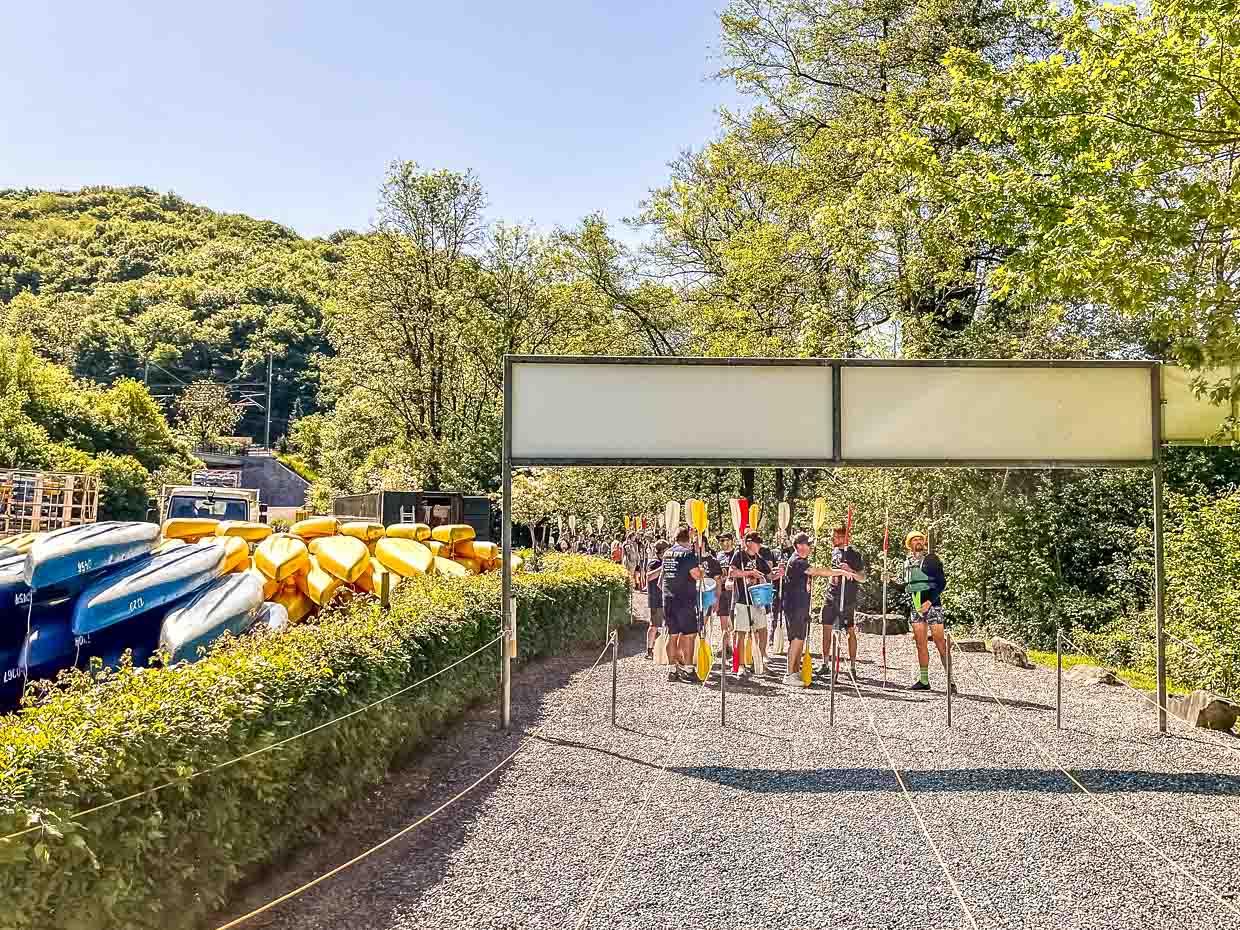
Dinant Evasion is the largest provider of kayak tours in the region. The family business began in 1958 with river cruises on the Meuse. Today, it offers a wide range of outdoor activities: climbing gardens, caving excursions and via ferrata tours. The most popular kayak routes start in Houyet (21 km) or Gendron (12 km) and end in Anseremme near Dinant. A shuttle takes guests to the starting point. There are changing rooms, showers and catering facilities on site. Kayaks and canoes are available as one-, two- or three-seaters. The Lesse is often crowded at weekends, with many groups out and about. If you are looking for peace and quiet and want to enjoy nature, start early in the morning or during the week.
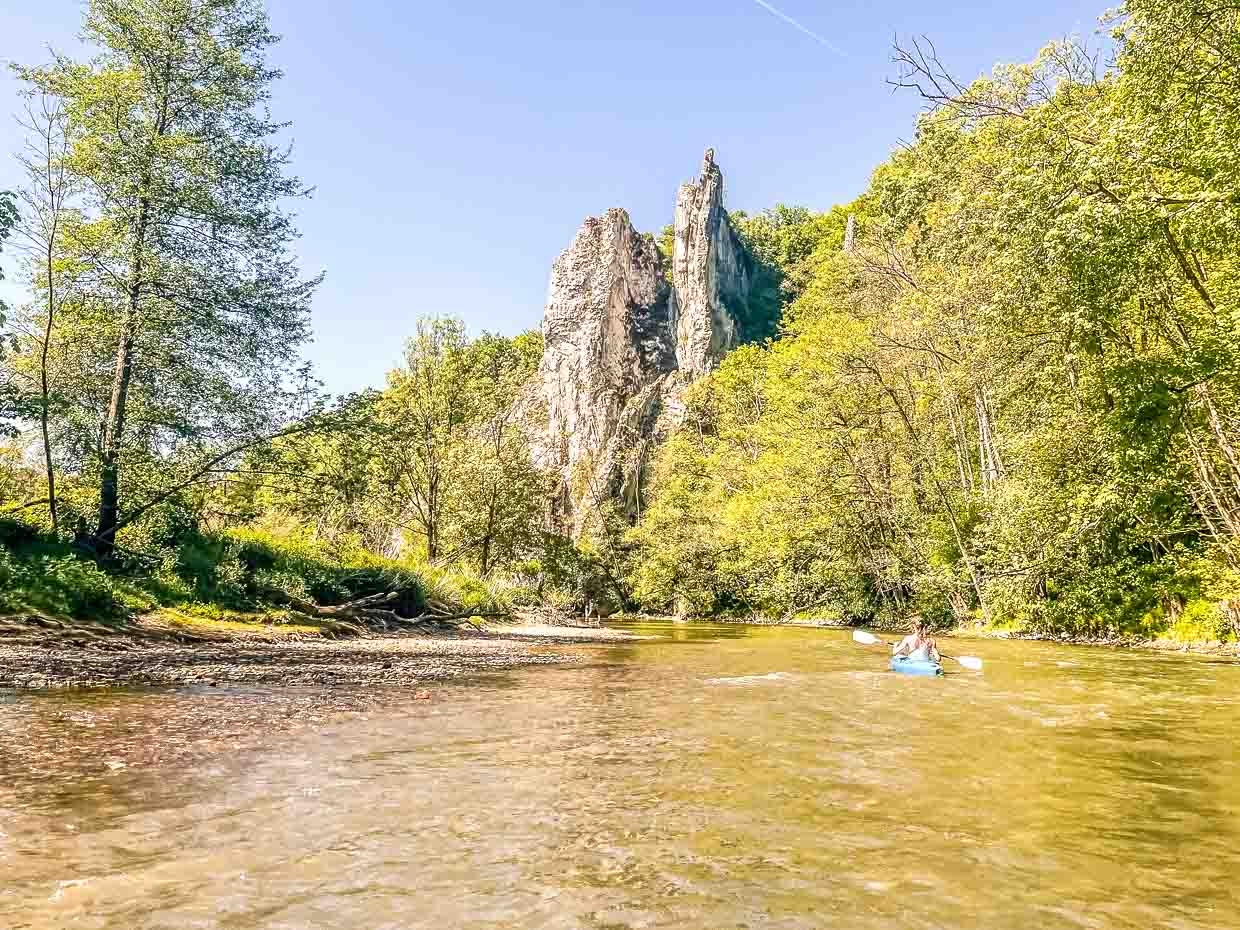
Hiking along the Lesse and Meuse
The constantly changing landscapes are typical of the hiking trails along the Meuse and its tributaries: The paths wind through wooded valleys and past rugged cliffs. Steep climbs lead up to the ridges, followed by flat riverside paths directly along the river. Sometimes you stand on a spectacular vantage point and look down into a romantic bend in the river, sometimes you descend and hike across meadows, past grazing cows. Ancient forests, riverside castles, caves, ruins of Roman thermal baths and charming villages provide plenty of variety. The dense network of paths also links up with long-distance hiking trails such as the GR 129 and the Escapardenne, which runs mostly through Luxembourg.

The water passage at Waulsort
The Passage d’Eau de Waulsort has existed since 1871. A ferryman pulls the flatboat across the Meuse using only muscle power on a wire rope. In the past, the ferry gave the inhabitants of Falmagne and Falmignoul direct access to the railroad line from Dinant to Givet. Today, hikers and cyclists cross over free of charge – from the beginning of April to the end of September.
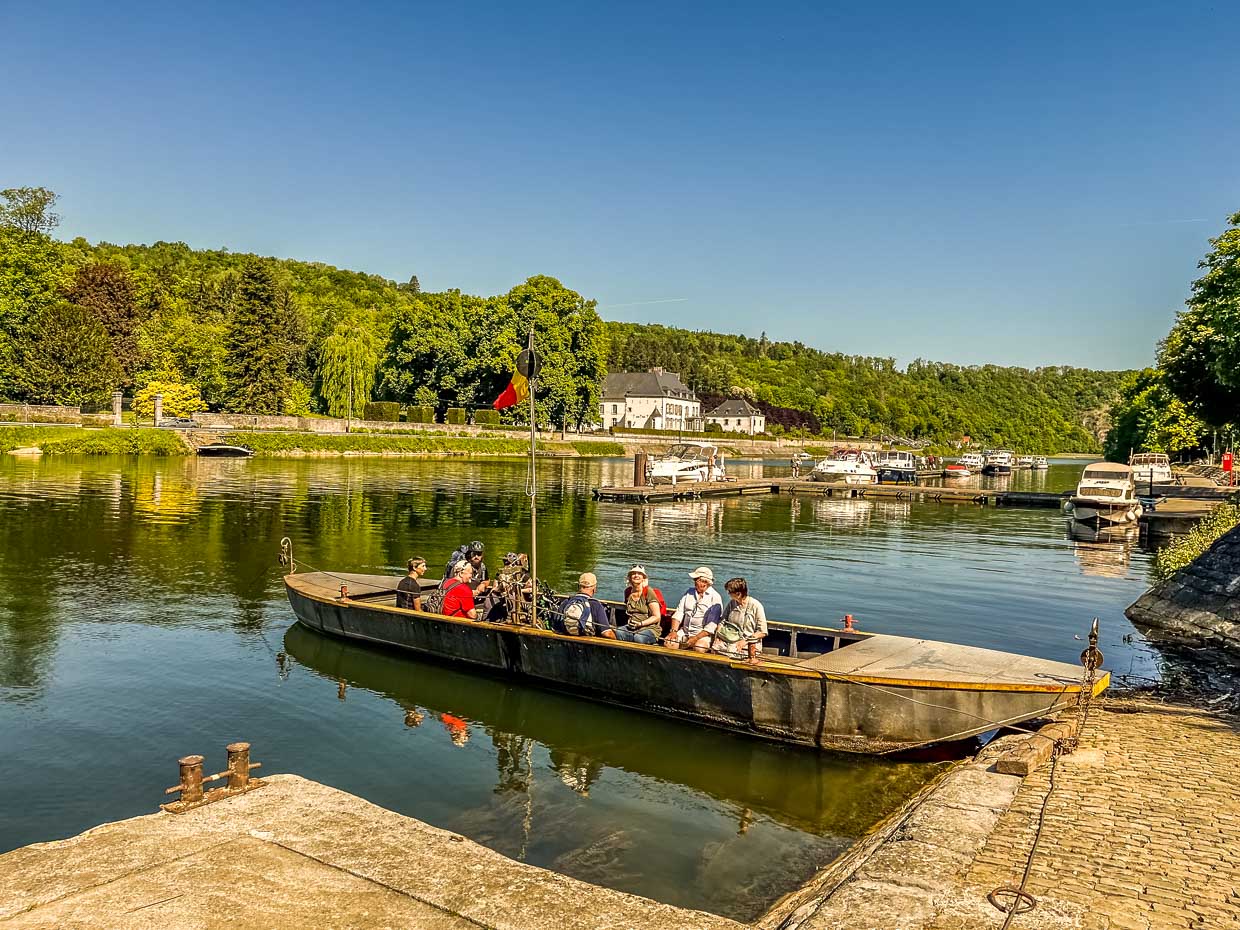
Draisine – on old industrial paths
The disused Falaën-Warnant railroad line once played a central role in the region. It opened up the rural areas in the Molignée valley and connected the towns of Falaën, Maredsous and Warnant. The line, opened in 1886, promoted local traffic and drove economic development in the remote area. Passenger services were discontinued in 1952.
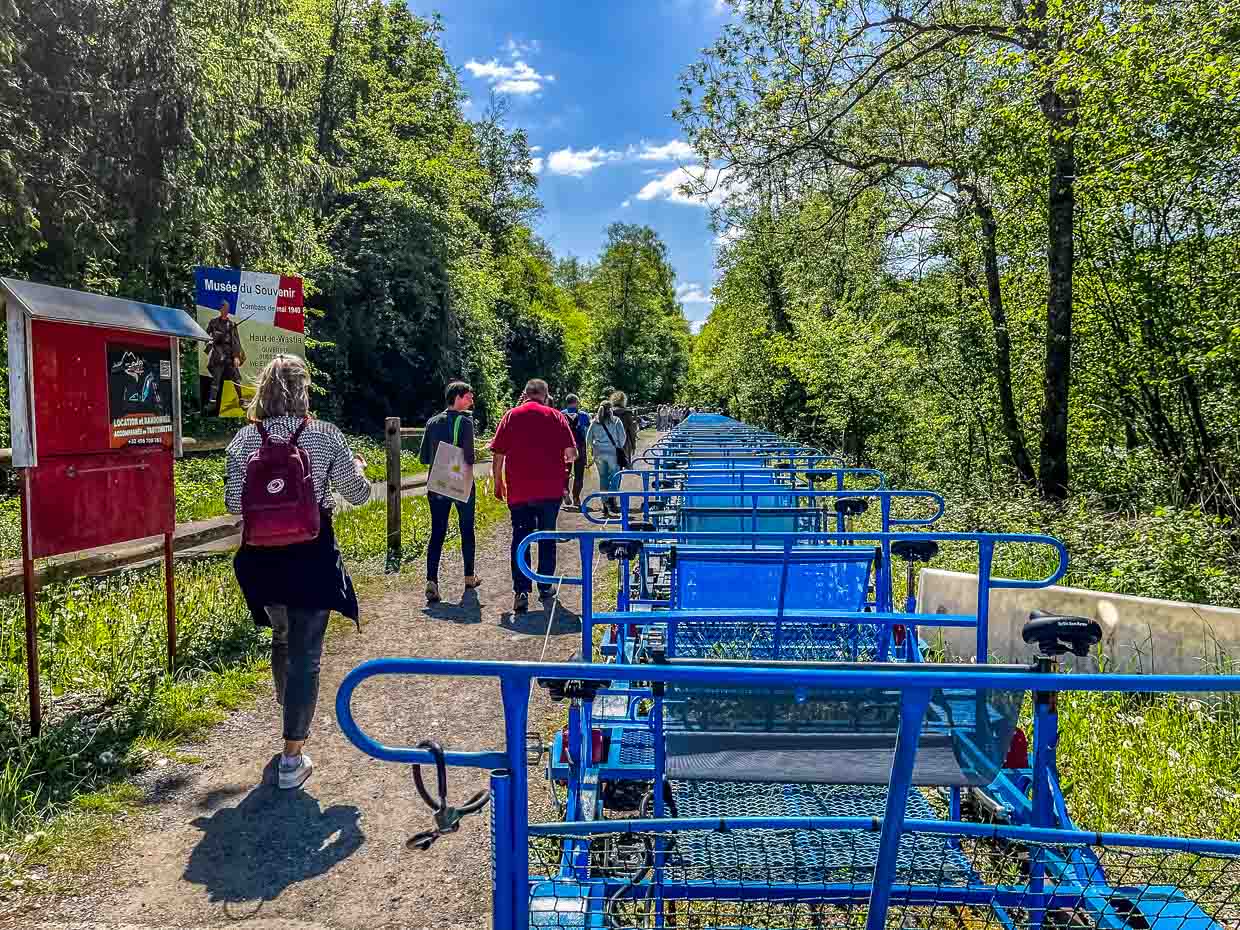
Today, visitors can explore the route on draisines, i.e. rail bikes. The ride leads through the wooded Molignée Valley and over bridges that cross the river several times. The riders set their own pace. Up to four people can fit on a trolley, with two people pedaling at the same time. This means that the effort can be shared and the fun is not neglected. There are three routes to choose from: Falaën-Maredsous (6 km), Warnant-Falaën (8 km) or the full Warnant-Falaën-Maredsous route (14 km). In Maredsous, you can round off the tour with a fresh Abteil beer.

The water gardens of Annevoie
Belgium’s only water gardens are among the most beautiful in Europe. Charles-Alexis de Montpellier had them laid out between 1758 and 1776. Originally designed in the French style, elements of Italian and English garden design were later added – today it is referred to as a European style garden. The water system has been working for over 260 years using only the natural gradient, without pumps or machines – a technical masterpiece of the 18th century. Some water features have been running continuously since their creation.
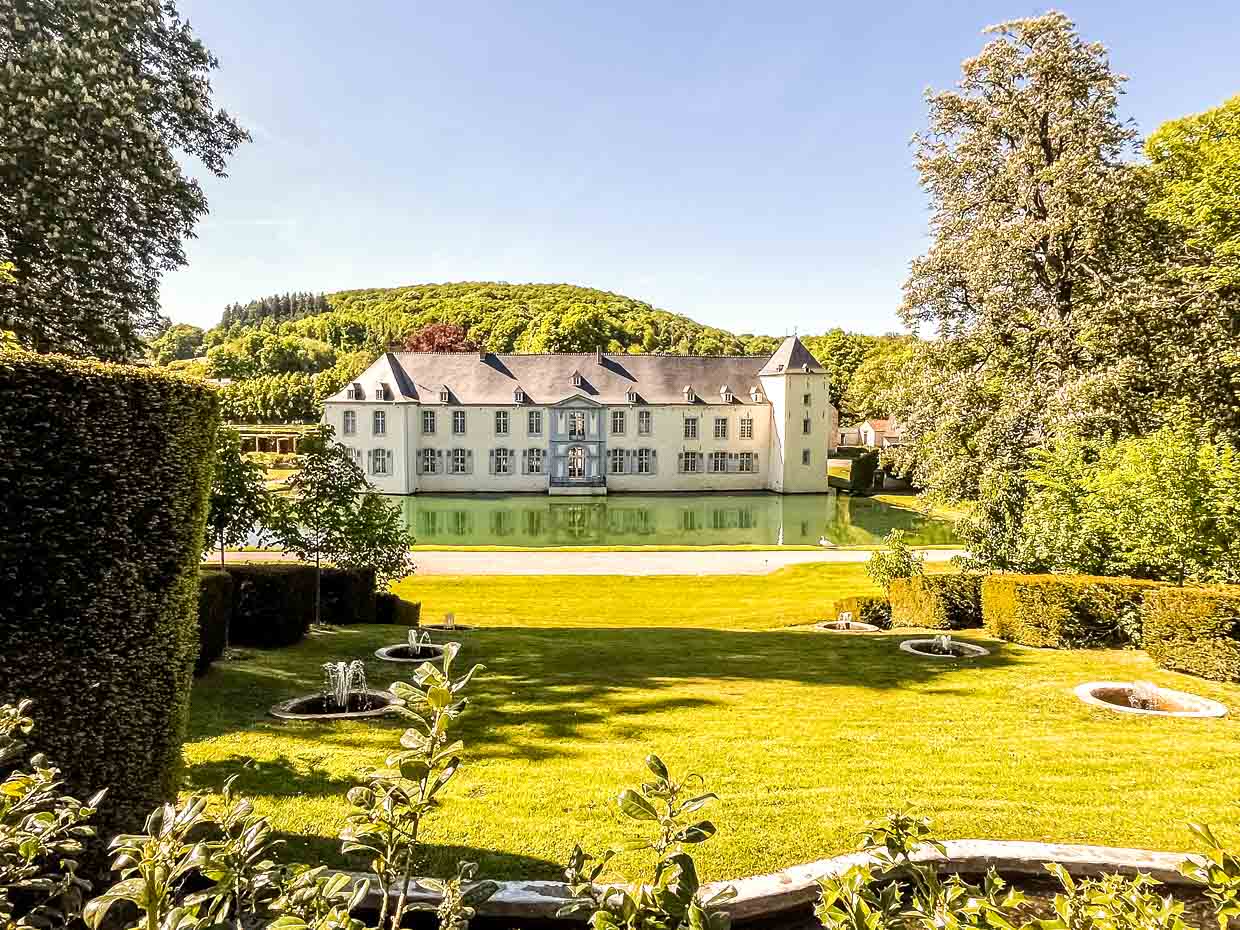
The gardens are family-owned and were last extensively restored in 2017. Annevoie Castle, the idyllic centerpiece, is privately inhabited and not open to the public. The grounds include 50 water features, waterfalls and fountains fed by four springs, as well as a 400-meter-long canal – all without mechanical aids.
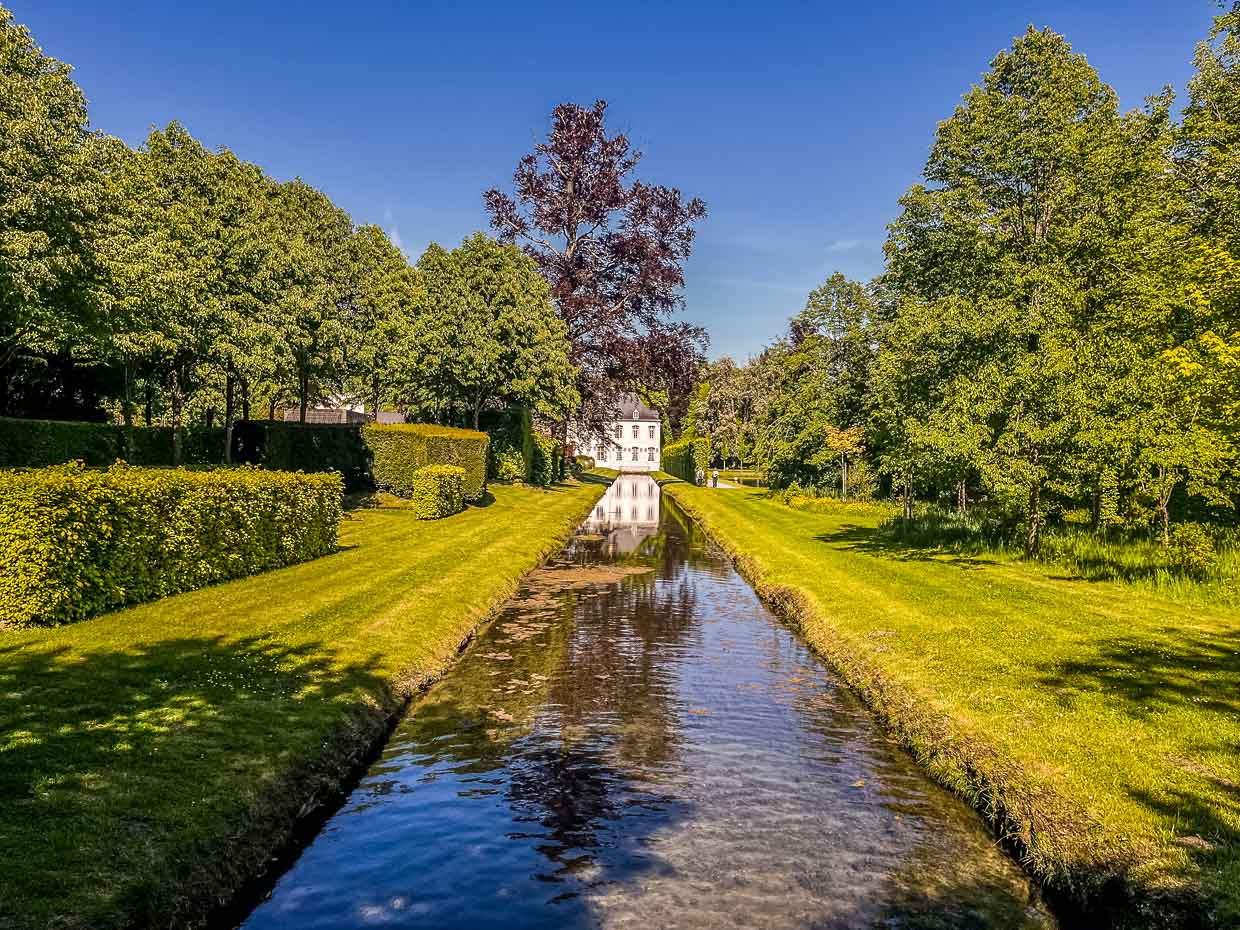
Garden fans will discover historic avenues, mighty giant trees, a large pond with water lilies and rare plants in the Water Gardens of Annevoie. French symmetry and clear perspectives alternate with English romanticism and its surprising visual axes, complemented by Italian water features and arcades.
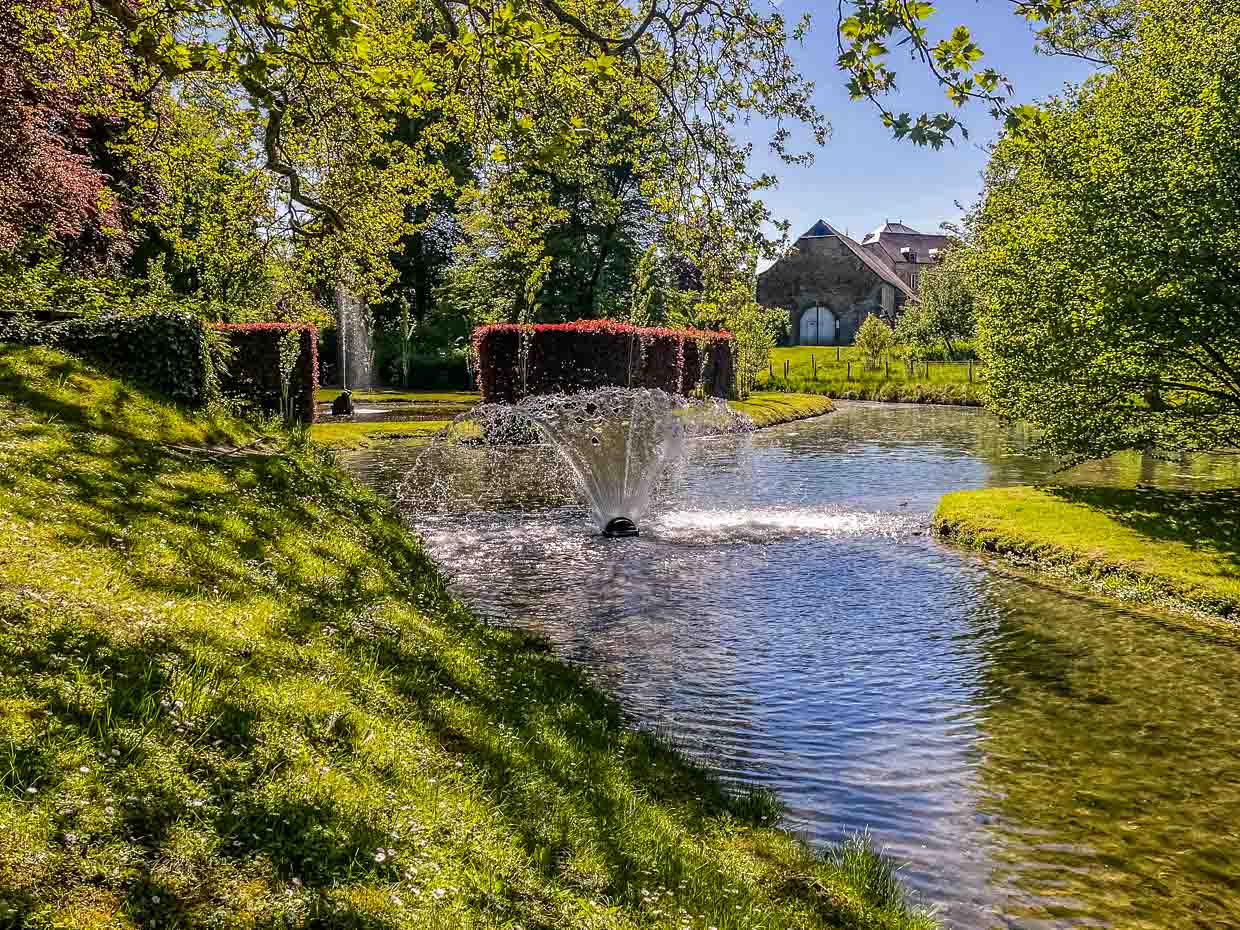
Les Sorbiers – Hotel on the Meuse
The eco-hotel Les Sorbiers is located on the banks of the Meuse, nestled in a 17-hectare park. There is a jetty for kayakers and a nature reserve opposite the large outdoor terrace. The individually designed rooms are located either in the historic Castell or in the modern Palladio. Guests can also stay in comfortable glamping tents in the park. Les Sorbiers was the first hotel in Wallonia to receive the European Eco-Label – awarded for sustainable materials, biomass heating, no single-use plastic, regional organic cuisine and nature conservation. Cyclists will also find ideal conditions here. However, the secluded location requires a bike or car to explore the region.
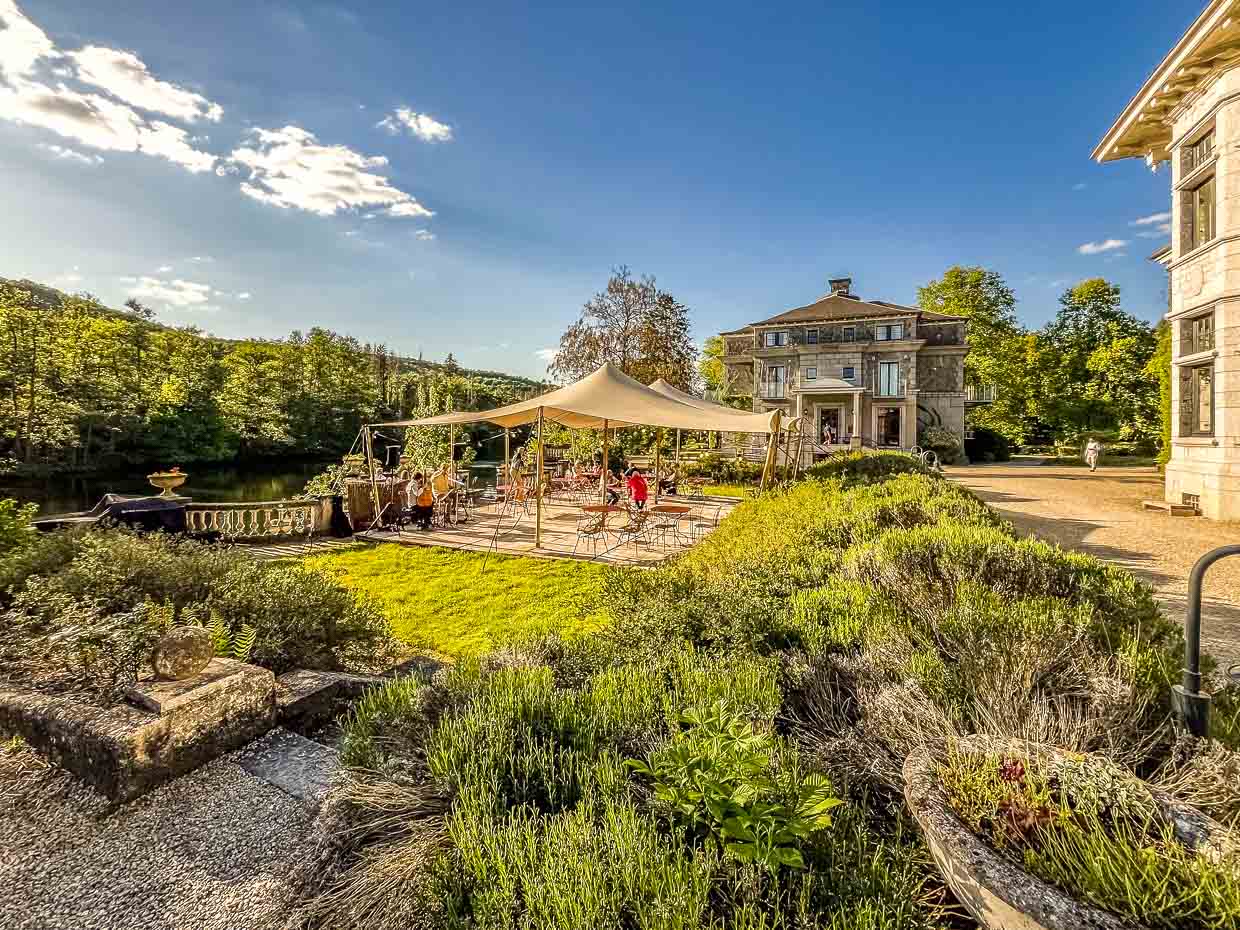
Book tip
Ardennes: Hiking for the soul
Andreas Werner combines relaxed hikes with culinary discoveries in his hiking guide to the Ardennes and the High Fens. 20 hikes with restaurant tips and background information on nature, culture and enjoyment.
With GPS data for each tour.
2024 published by Droste Verlag, 18 euros
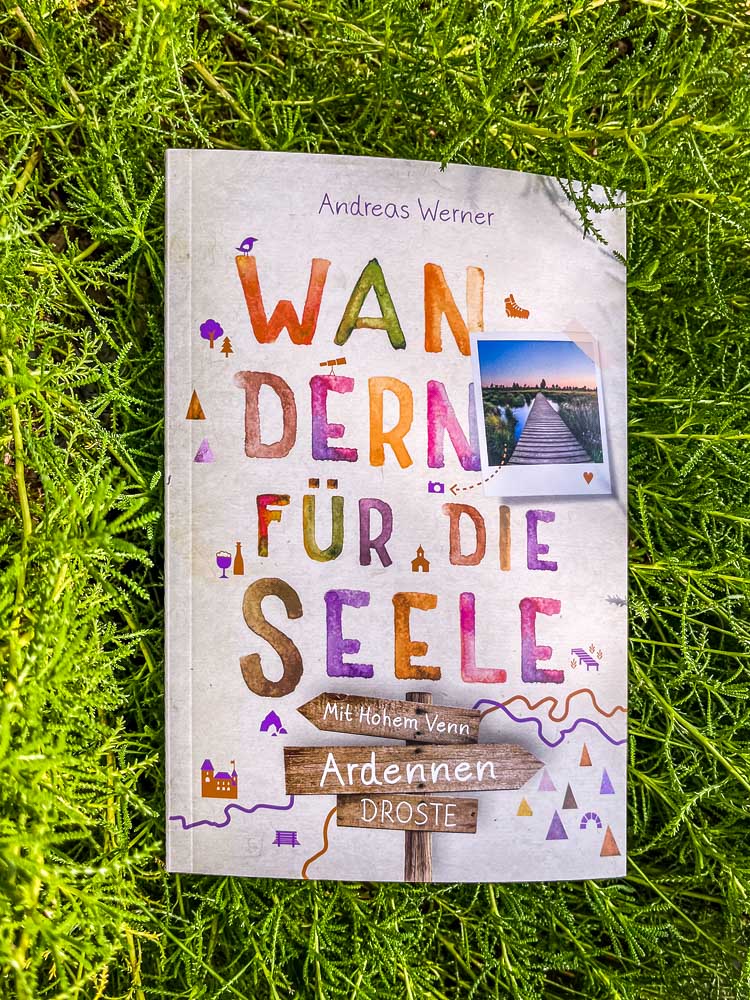
The research was supported by VisitWallonia.be


